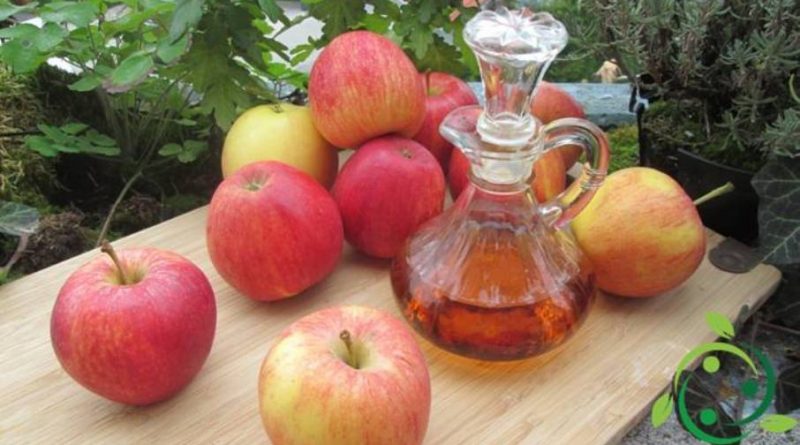How to prepare homemade apple vinegar
How to prepare homemade apple vinegar
The preparation of homemade apple vinegar is a simpler and cheaper procedure than it may seem and the advantage is that we can be sure of its real quality and of the fact that it will certainly not contain the sulfates that are often added in commercial ones like preservatives.
As a starting product of course you will have to use apples of sweet varieties (possibly Golden), ripe, organic, fresh and free from mold. To start the apples should be washed well, peeled and removed from the core. Q this point can be squeezed.
Wash the apples well, peel and remove the core. At this point, squeeze the pulp (with a mechanical or electric tool) until about a liter of juice is obtained. The juice is then poured into a glass container with a wide opening, halfway up in order to allow the juice to ferment properly. The container is then closed with a classic deflated balloon so that it does not enter the oxygen but this allows the fermentation gases to expand.
The fermentation temperature must remain around 18-20 ° C for the whole period that must be 4-6 weeks. If you want to speed up the fermentation, you can leave a piece of peel on the apples before extracting the juice. Another possibility is to add a little sugar if the starting apples are not too ripe.
Now we proceed with the second phase: the transformation of this must into vinegar. This operation is carried out by pouring the must into a large container, storing it in a warm place (next to a stove or exposed during the day directly in the sun) and letting it rest for three days covered with a clean cloth.
After the three-day period, remove the cloth and try to keep the container at a temperature of around 20 ° C. Attention to this phase because changes in temperature can affect the quality of the microbial flora by altering the product. The content should be mixed once a day to preserve the film that forms on the surface as an effect of acetic fermentation. At the end of acetic fermentation, vinegar can be filtered and stored in a bottle (possibly dark in color to better protect the product from U.V. rays).
In this way you will have obtained a genuine, organic apple vinegar, without chemical additives and high organoleptic qualities.

